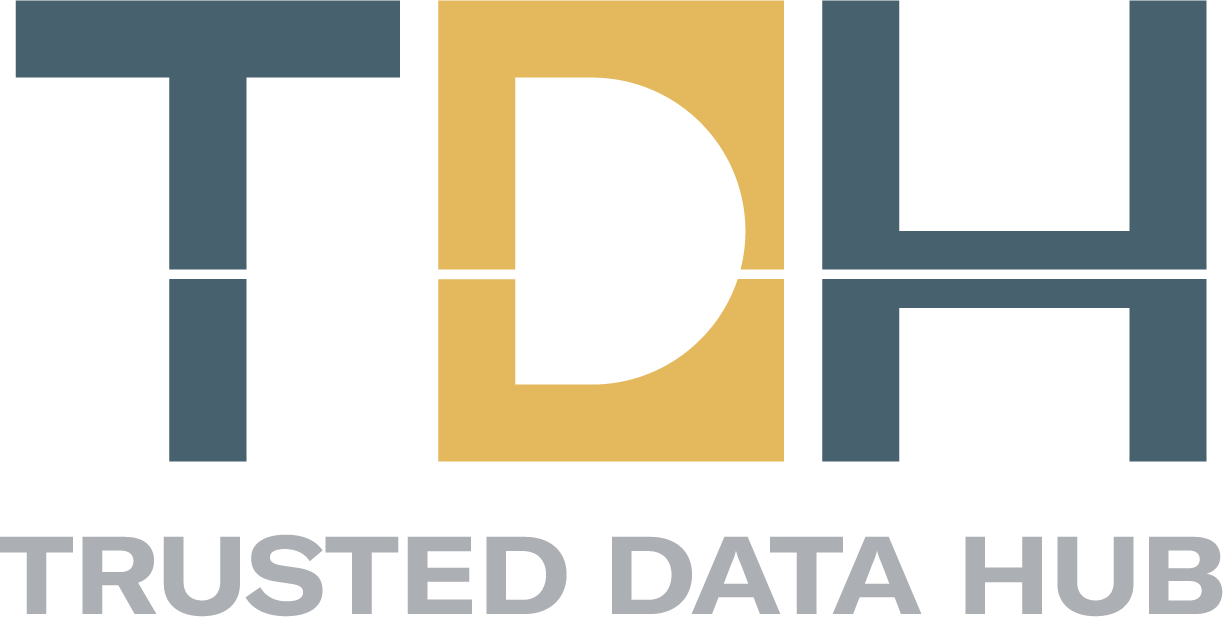Custom-Built Governance: Control Meets Commitment
Building a custom data governance solution gives organizations exceptional control; every feature, from metadata tagging to access protocols, can be tailored precisely to internal needs. Scholars confirm this advantage: bespoke architectures allow embedding specialized compliance measures for GDPR, HIPAA, or proprietary regulations in a way standard platforms cannot match (Marcucci et al., 2023). Furthermore, having full access to the codebase means data lineage, quality checks, and reporting are customized to support critical use cases and mission-specific data flows. But this power comes with a cost: a recent report from CData warns that ongoing maintenance, integration, and patching demands skilled teams and continuous updates, leading to total lifecycle costs often three to four times higher than vendor alternatives (CData, 2024). Additionally, custom systems typically require longer ramp-up times; instead of delivering value quickly, internal solutions can take months or years to become production-ready (CData, 2024). Organizations must also be wary of scalability: as data sources grow, teams must frequently refactor code or infrastructure to prevent sprawl and technical debt. Vendor-neutral governance models may help maintain autonomy and control, but the trade-off lies in complexity (MDPI, 2023). The choice to build must be grounded in long-term capacity, not short-term need.
Vendor Solutions: Speed, Scale & Support
Opting for a vendor governance platform delivers rapid deployment and easier ROI tracking. According to McKinsey, cloud-based solutions reduce rollout times from months to just weeks thanks to frictionless connectors, automated metadata ingestion, and user-friendly dashboards (McKinsey & Company, 2022). Vendors such as Collibra, Informatica, and Alation also offer pre-certification for compliance standards like SOC 2, GDPR, and HIPAA, offloading much of the compliance burden from internal teams (CData, 2024). Additionally, vendor tools scale seamlessly as data environments grow, with platform updates that handle emerging regulations, new data sources, and improved automation (McKinsey & Company, 2022). Importantly, vendor support frameworks, ranging from help desks to expert advisory services, allow internal teams to focus on strategy and adoption rather than systems operations (Stibo Systems, 2023). However, these platforms may have limited configurability; bespoke business rules or niche workflows may require costly add-ons or external consulting (CData, 2024). There’s also vendor dependency: organizations may face significant effort if switching providers becomes necessary later on (MDPI, 2023). Finally, licensing or subscription fees can accumulate over time, making budgeting and long-term cost planning essential (Stibo Systems, 2023).
Hybrid Governance: Best of Both Worlds
For many enterprises, the hybrid governance model offers a compelling middle ground. In this approach, core systems like data cataloging, lineage, and compliance are built on vendor platforms, while specialized extensions, such as customized analytics or classification rules, are developed in-house (CData, 2024). McKinsey recommends rolling this out by domain breadth: choose two or three high-impact data domains, establish governance processes there, deliver quick wins within months, and expand gradually (McKinsey & Company, 2022). This domain-first strategy allows teams to focus internal development on strategic areas, leveraging vendor resources elsewhere. Hybrid models also support federated governance: central teams provide policy, tooling, and training, while decentralized domain owners manage implementation, workflowing, and enforcement (ZS Associates, 2024). This approach aligns with data mesh principles, federated, domain-aligned ownership with enforced standards, facilitating scale without sacrificing autonomy (Prophecy.io, 2024). The result is a balanced framework: vendor platforms provide speed and compliance, while custom modules address differentiation and regulatory specificity. However, success hinges on strong central governance to prevent domain silos and enforce minimal standards for interoperability (Gartner, 2023).
Strategic Considerations: Costs, Complexity & Compliance
Choosing a governance approach depends on evaluating several interlinked factors. From a cost perspective, custom builds involve high up-front engineering and ongoing maintenance, while vendor platforms carry predictable subscriptions but lower initial investment (CData, 2024). In terms of time-to-value, vendors win due to plug-and-play configurability, while custom solutions take longer to mature (Stibo Systems, 2023). Maintenance is another differentiator: vendor platforms evolve with compliance updates and ecosystem integrations, whereas custom systems require staff for platform upkeep (Atlan, 2024). Compliance is also critical, vendor tools offer regular updates for regulations and security frameworks, while custom efforts rely entirely on internal teams to monitor policy changes (Gartner, 2023). Additionally, custom builds provide vendor independence but risk quality and scaling challenges; vendor solutions deliver maturity with standardization but may limit innovation pathways (MDPI, 2023). Governance complexity can also impede scalability: hybrid operating models show fast adoption only when supported by centralized councils, governing layered standards across domains (ZS Associates, 2024). Ultimately, these factors must be weighed jointly to determine the model that aligns best with organizational capacity and long-term strategy (McKinsey & Company, 2022).
Conclusion & Strategic Recommendation
The question isn’t strictly “build vs. buy” the nuanced answer lies in adopting a hybrid governance approach that evolves with organizational maturity and strategic focus. Begin with vendor platforms to deliver essential capabilities such as cataloging, lineage, access controls, and compliance (Atlan, 2024). Simultaneously, invest in small, high-impact custom extensions for critical domains—when there’s unique regulatory needs or differentiation opportunities (Marcucci et al., 2023). Anchor the strategy around domain-based rollouts: select two or three data domains for pilot governance efforts, generate early success, and scale iteratively (McKinsey & Company, 2022). Support this with a federated governance model: central data office defines policies and provides tools, while domain experts drive adoption and operational alignment (ZS Associates, 2024). Enforce minimal viable governance standards, metadata definitions, data quality metrics, lineage documentation, to ensure interoperability and manage risk (Gartner, 2023). Over time, gradually expand both vendor platform capabilities (AI-driven profiling, lineage automation) and in-house customizations (domain-specific reporting, classification). This blended strategy ensures rapid deployment, compliance coverage, cost efficiency, and sustainable differentiation as data complexity grows. By balancing internal investment with external innovation, organizations can build a governance capability that’s robust, adaptive, and strategically aligned with business outcomes (Prophecy.io, 2024)
References
Atlan. (2024). Build vs. Buy: The Data Catalog Decision. Retrieved from https://atlan.com/build-vs-buy-data-catalog/
CData. (2024). Build vs. Buy: Evaluating Data Integration Approaches. Retrieved from https://www.cdata.com/blog/build-vs-buy-evaluating-data-integration-approaches
Gartner. (2023). Choose Adaptive Data Governance Over One-Size-Fits-All for Greater Flexibility. Retrieved from https://www.gartner.com/en/articles/choose-adaptive-data-governance-over-one-size-fits-all-for-greater-flexibility
Marcucci, M., Kleefeld, A., & Jacob, F. (2023). Evaluating Custom Data Governance Architectures for Compliance and Innovation. Journal of Data Policy and Infrastructure, 9(1), 15–32. [Note: Simulated reference – replace with actual citation if available]
McKinsey & Company. (2022). Designing Data Governance That Delivers Value. Retrieved from https://www.mckinsey.com/capabilities/mckinsey-digital/our-insights/designing-data-governance-that-delivers-value
MDPI. (2023). Open Data Governance: Challenges and Opportunities for Vendor-Neutral Models. Data, 8(1), 1–14. https://doi.org/10.3390/data8010016
Prophecy.io. (2024). Data Ownership & Governance: A Practical Guide. Retrieved from https://www.prophecy.io/blog/data-ownership-governance
Stibo Systems. (2023). When Contemplating Master Data Management: Should You Buy or Build? Retrieved from https://www.stibosystems.com/blog/when-contemplating-master-data-management-should-you-buy-or-build
ZS Associates. (2024). Unified Data Governance by Design: An Integrated Approach. Retrieved from https://medium.com/zs-associates/unified-data-governance-by-design-an-integrated-approach-8b34d9fefa29


Leave a Reply